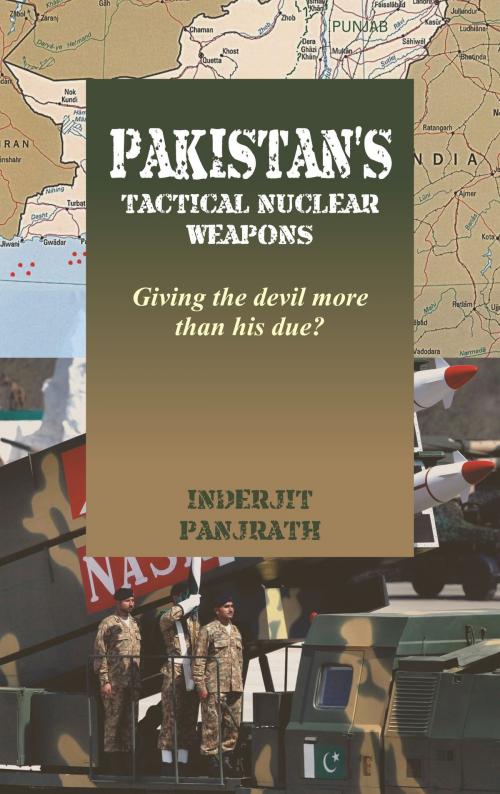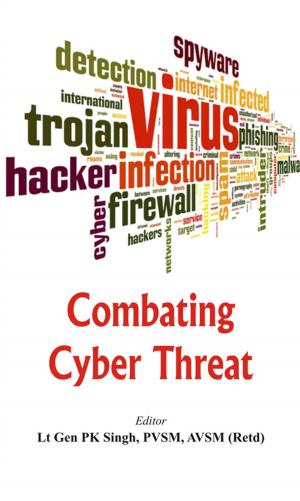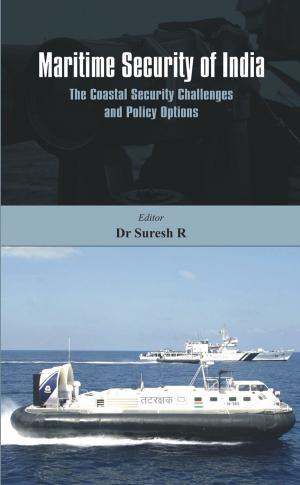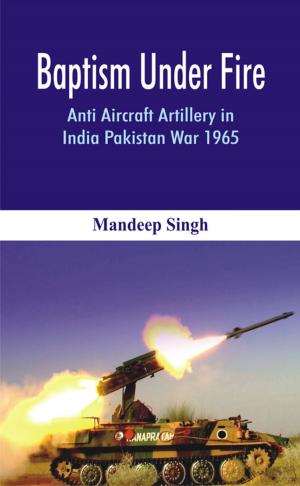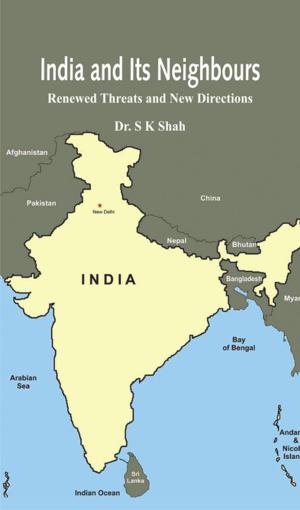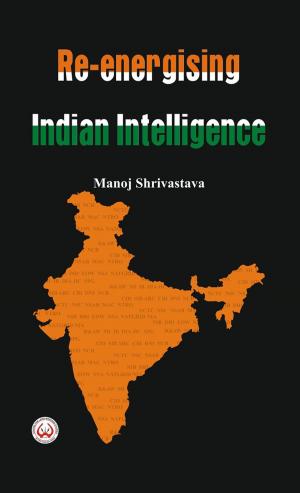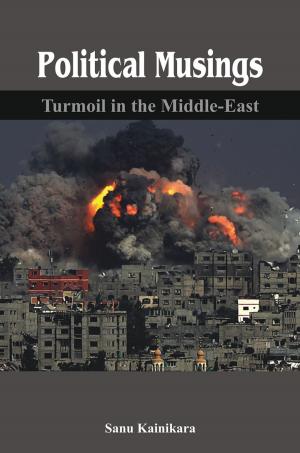Pakistan's Tactical Nuclear Weapons
Giving the devil more than his due?
Nonfiction, Social & Cultural Studies, Political Science, Politics, History & Theory| Author: | Inderjit Panjrath | ISBN: | 9789386457615 |
| Publisher: | VIJ Books (India) PVT Ltd | Publication: | January 1, 2018 |
| Imprint: | VIJ Books (India) Pty Ltd | Language: | English |
| Author: | Inderjit Panjrath |
| ISBN: | 9789386457615 |
| Publisher: | VIJ Books (India) PVT Ltd |
| Publication: | January 1, 2018 |
| Imprint: | VIJ Books (India) Pty Ltd |
| Language: | English |
Amidst many developments in the constantly evolving Indo-Pak conflict paradigm, the latest and perhaps the most intriguing has been the induction of Tactical Nuclear Weapons (TNWs) by Pakistan. While nuclear sabre rattling is not new to Pakistan's strategy, this time around there seems to be a strong pitch among security analysts to project these as the proverbial 'Brahmastra' in its possession, foreclosing any sort of military retaliatory strike by India. This is significant at a time when sporadic Pak sponsored terror attacks on Indian soil continue unabated. For the Indian security analysts this raises some pertinent questions. • Is the threat of TNWs credible enough to deter India from launching a suitable military response to a Pakistan supported terror attack? • Does induction of TNWs by Pakistan materially alter the Indo-Pak nuclear balance and consequently, the direction any future conflict may assume? • What are the response options for India to retain/ restore the nuclear as well as overall security balance? This book is an endeavour to find answers to all these. In the process, the author attempts to explore how the two protagonists view nuclear deterrence, what is the relevance of nuclear weapons for both of them, how are the fundamental drivers of the ongoing conflict and the ever changing dynamics and influences in the region affecting it. Using these parameters and the technical capabilities of TNWs believed to be held by Pakistan, the author constructs five possible scenarios for the foreseeable future. The outcome is interesting as it answers the fundamental question – are Pakistan's TNWs indeed the game changer they are being touted as or are we giving the devil more than his due?
Amidst many developments in the constantly evolving Indo-Pak conflict paradigm, the latest and perhaps the most intriguing has been the induction of Tactical Nuclear Weapons (TNWs) by Pakistan. While nuclear sabre rattling is not new to Pakistan's strategy, this time around there seems to be a strong pitch among security analysts to project these as the proverbial 'Brahmastra' in its possession, foreclosing any sort of military retaliatory strike by India. This is significant at a time when sporadic Pak sponsored terror attacks on Indian soil continue unabated. For the Indian security analysts this raises some pertinent questions. • Is the threat of TNWs credible enough to deter India from launching a suitable military response to a Pakistan supported terror attack? • Does induction of TNWs by Pakistan materially alter the Indo-Pak nuclear balance and consequently, the direction any future conflict may assume? • What are the response options for India to retain/ restore the nuclear as well as overall security balance? This book is an endeavour to find answers to all these. In the process, the author attempts to explore how the two protagonists view nuclear deterrence, what is the relevance of nuclear weapons for both of them, how are the fundamental drivers of the ongoing conflict and the ever changing dynamics and influences in the region affecting it. Using these parameters and the technical capabilities of TNWs believed to be held by Pakistan, the author constructs five possible scenarios for the foreseeable future. The outcome is interesting as it answers the fundamental question – are Pakistan's TNWs indeed the game changer they are being touted as or are we giving the devil more than his due?
